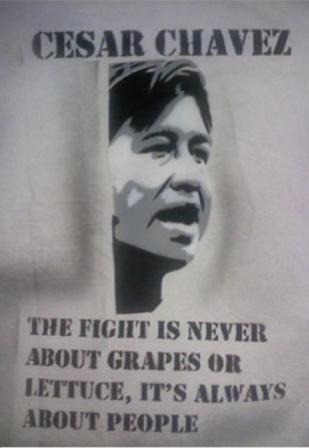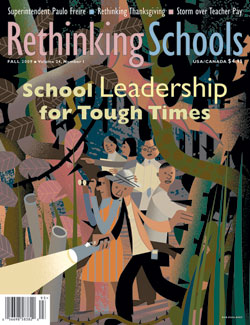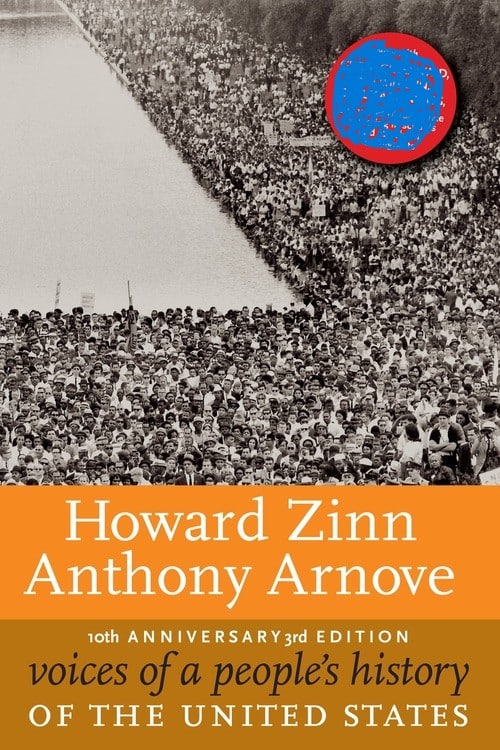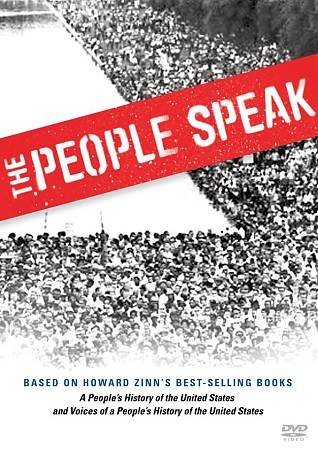 A couple of summers ago I was racking my brain to come up with new lessons for my U.S. history classes. I wanted the format of their projects to reflect the content of our unit on the power of protest. I finally came up with the idea that my students would create stencil images. Stencils are often used as a form of street protest, not just in the United States but throughout the world, because they’re easy to make, quick to apply, and can be used over and over.
A couple of summers ago I was racking my brain to come up with new lessons for my U.S. history classes. I wanted the format of their projects to reflect the content of our unit on the power of protest. I finally came up with the idea that my students would create stencil images. Stencils are often used as a form of street protest, not just in the United States but throughout the world, because they’re easy to make, quick to apply, and can be used over and over.
Because most of my students here in Wichita, Kan., are immigrants or children of immigrants and from lower socioeconomic households, I stress in my history classes how dissent, strikes, and protest have given the poor, minorities, and immigrants a voice when the vote hasn’t. When my students learn about people like Sacco and Vanzetti, Emma Goldman, and Malcolm X, and events like the 1892 Homestead Strike and the United Farm Workers’ grape boycotts of the 1960s, it gives them an understanding of the struggles and achievements of those in the past who have faced obstacles similar to those my students and their families face today.
This lesson was published by Rethinking Schools in an edition of Rethinking Schools magazine, “School Leadership for Tough Times,” (Fall 2009). See Table of Contents. For more articles and lessons like “Stenciling Dissent: A Student Project Draws on the Language of the Streets,” visit Rethinking Schools.












Twitter
Google plus
LinkedIn